When it comes to choosing the perfect gemstone for an engagement ring or a special piece of jewelry, many people are torn between diamonds and moissanite. Both options have their unique characteristics, advantages, and disadvantages. In this article, we’ll delve into the world of diamonds and moissanite, exploring their key differences, features, and cons to help you make an informed decision.
Diamonds vs Moissanite: Key Differences
The main differences between diamonds and moissanite lie in their composition, brilliance, durability, and price. Diamonds are made of pure carbon, while moissanite is a lab-created gemstone made of silicon carbide. Diamonds are known for their exceptional hardness and brilliance, but they come with a hefty price tag. Moissanite, on the other hand, offers similar brilliance and fire at a fraction of the cost.
A Battle of Brilliance, Beauty, and Budget
When it comes to brilliance, beauty, and budget, diamonds and moissanite are often pitted against each other in a battle of wits. Here’s how they stack up:
- Brilliance: Diamonds are known for their exceptional brilliance, which is due to their high refractive index and dispersion. Moissanite, on the other hand, has a slightly lower refractive index, but its dispersion is higher, giving it a more fiery appearance.
- Beauty: Diamonds are often considered the most beautiful gemstone due to their rarity and exceptional brilliance. Moissanite, however, has a unique beauty of its own, with a more subtle sparkle and a wider range of colors.
- Budget: Diamonds are notoriously expensive, with prices ranging from a few hundred to several thousand dollars per carat. Moissanite, on the other hand, is significantly more affordable, with prices ranging from a few hundred to a few thousand dollars per carat.
Diamond Overview
Diamonds are one of the most coveted gemstones in the world, prized for their exceptional beauty and rarity. Formed over billions of years through geological processes, diamonds are made of pure carbon and are found in limited quantities. Diamonds have been a symbol of luxury, love, and commitment for centuries, making them a popular choice for engagement rings and fine jewelry.

Features of Diamonds
- Brilliance: Diamonds are known for their exceptional brilliance and fire, which is due to their high refractive index and dispersion.
- Durability: Diamonds are extremely hard, with a Mohs hardness rating of 10, making them resistant to scratching and wear.
- Prestige: Diamonds are a symbol of luxury and wealth, making them a popular choice for special occasions.
- Rarity: Diamonds are rare and scarce, which contributes to their value and allure.
Cons of Diamonds
- Cost: Diamonds are extremely expensive, especially high-quality stones with good cut, color, and clarity.
- Ethical concerns: The diamond industry has faced criticism for its environmental and social impact, including mining practices and labor conditions.
- Limited availability: Diamonds are rare, which can make it difficult to find the perfect stone.
Moissanite Overview
Moissanite is a lab-created gemstone made of silicon carbide, discovered in the late 19th century. Moissanite is often referred to as a “diamond simulant” due to its similar brilliance and fire. However, moissanite has its own unique characteristics and advantages, making it a popular choice for those looking for a more affordable and eco-friendly option.
Features of Moissanite
- Affordability: Moissanite is significantly less expensive than diamonds, making it a more accessible option for those on a budget.
- Eco-friendliness: Moissanite is lab-created, which reduces the environmental impact of mining and extraction.
- Brilliance: Moissanite has a high refractive index and dispersion, giving it a similar brilliance and fire to diamonds.
- Durability: Moissanite is extremely hard, with a Mohs hardness rating of 9.25, making it resistant to scratching and wear.
Cons of Moissanite
- Limited resale value: Moissanite has limited resale value, but it can still be sold or traded.
- Perceived value: Some people may perceive moissanite as less valuable or desirable than diamonds.
- Quality variations: Moissanite quality can vary depending on the manufacturer and production process.
Which Should You Choose: Diamond or Moissanite?
Ultimately, the decision between diamonds and moissanite comes down to personal preference, budget, and values. If you’re looking for a traditional, luxurious option with exceptional brilliance and durability, diamonds may be the better choice. However, if you’re on a budget or prioritize eco-friendliness and affordability, moissanite is an excellent alternative.
Here’s a feature comparison table to help you make a decision:
| Feature | Diamond | Moissanite |
| Composition | Pure carbon | Silicon carbide |
| Brilliance | High | High |
| Durability | 10 (Mohs hardness) | 9.25 (Mohs hardness) |
| Price | High | Low |
| Eco-friendliness | Limited | High |
| Resale value | High | Limited |
The Verdict: Diamond or Moissanite?
While both diamonds and moissanite have their unique advantages and disadvantages, the decision ultimately comes down to your personal preferences, budget, and values. If you’re looking for a traditional, luxurious option with exceptional brilliance and durability, diamonds may be the better choice. However, if you’re on a budget or prioritize eco-friendliness and affordability, moissanite is an excellent alternative.
The Future of Gemstones: Moissanite and Beyond
As technology continues to advance, we can expect to see even more innovative and sustainable gemstone options emerge. Moissanite is just one example of a lab-created gemstone that is changing the way we think about luxury and sustainability. Other options, such as lab-created diamonds and recycled gemstones, are also gaining popularity.
Lab-Created Diamonds: A New Era in Gemstones
Lab-created diamonds, also known as cultured diamonds, are made using advanced technology that replicates the natural process of diamond formation. These diamonds have the same physical and chemical properties as natural diamonds, but they are more affordable and sustainable.
Recycled Gemstones: A Sustainable Option
Recycled gemstones are made from existing gemstones that are re-cut and re-polished to create new, unique pieces. This process reduces waste and the environmental impact of mining and extraction.
The Benefits of Lab-Created and Recycled Gemstones
Lab-created and recycled gemstones offer several benefits, including:
- Sustainability: These gemstones reduce the environmental impact of mining and extraction.
- Affordability: Lab-created and recycled gemstones are often more affordable than natural gemstones.
- Quality: Lab-created and recycled gemstones can have the same quality and characteristics as natural gemstones.
- Innovation: These gemstones offer new and innovative options for consumers who want to make a statement with their jewelry.
Conclusion
In conclusion, the battle of brilliance, beauty, and budget between diamonds and moissanite is a complex one. While diamonds are still the gold standard for luxury and tradition, moissanite offers a compelling alternative for those who prioritize affordability, eco-friendliness, and modernity. As technology continues to advance, we can expect to see even more innovative and sustainable gemstone options emerge. Whether you choose a diamond, moissanite, or another type of gemstone, the most important thing is finding a stone that speaks to your personal style and values.


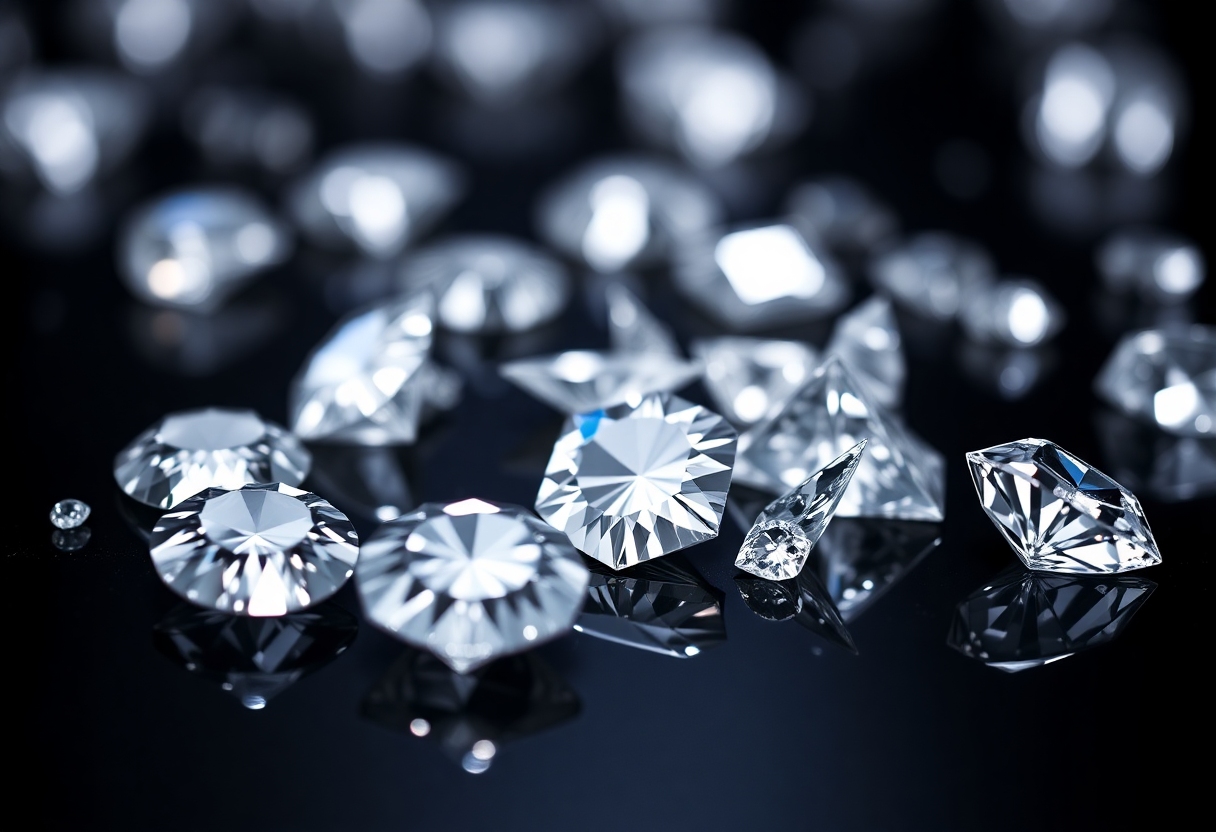
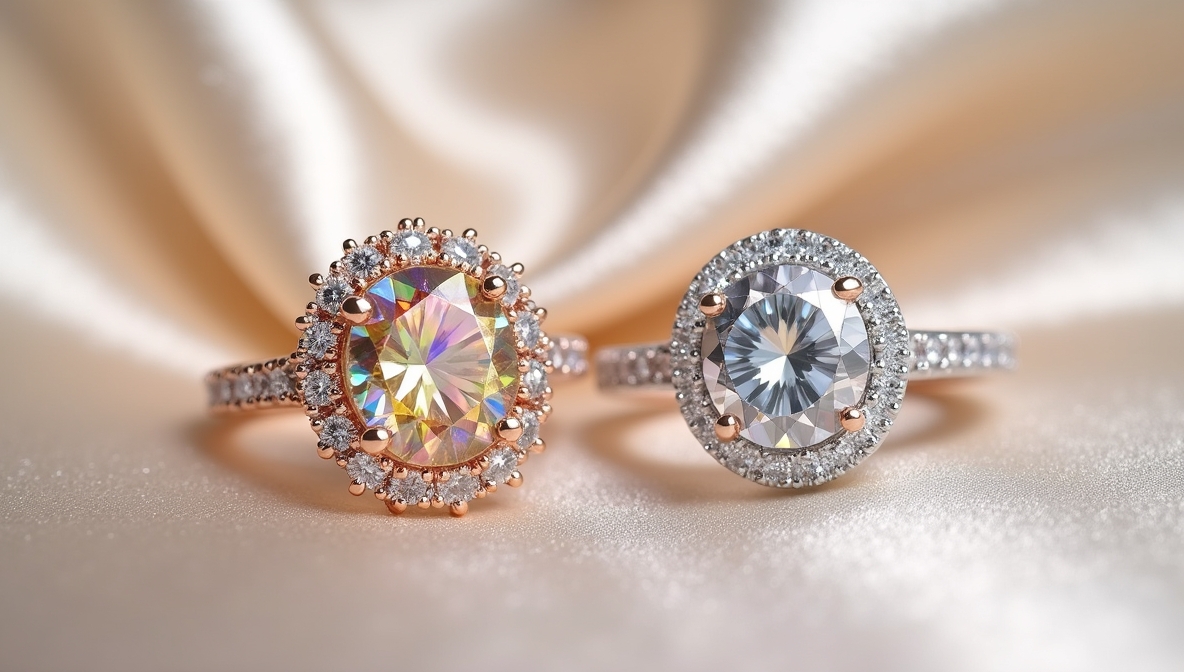
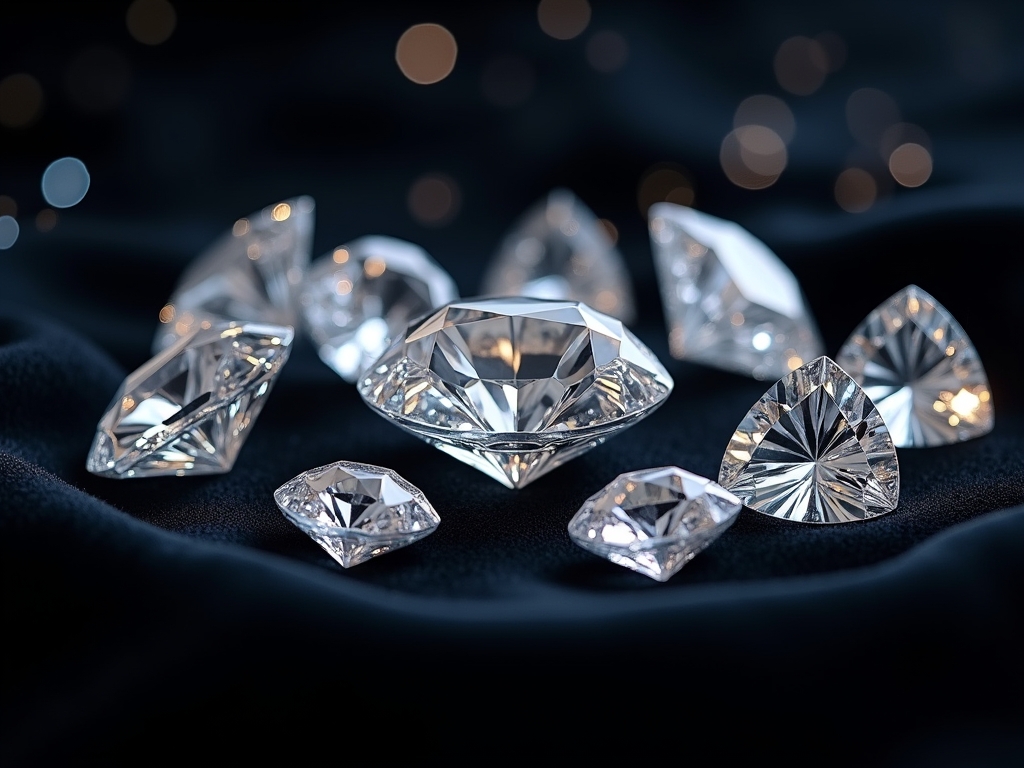
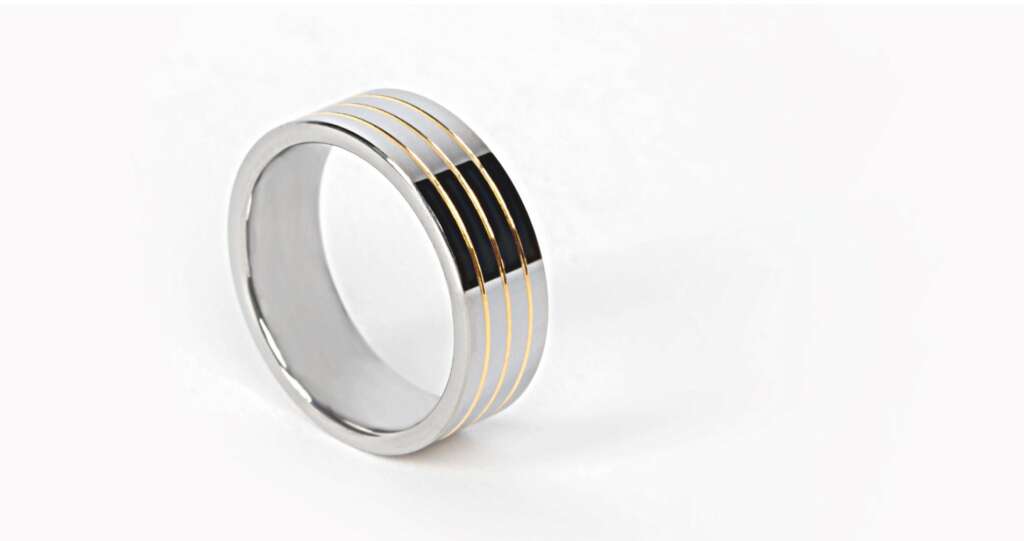
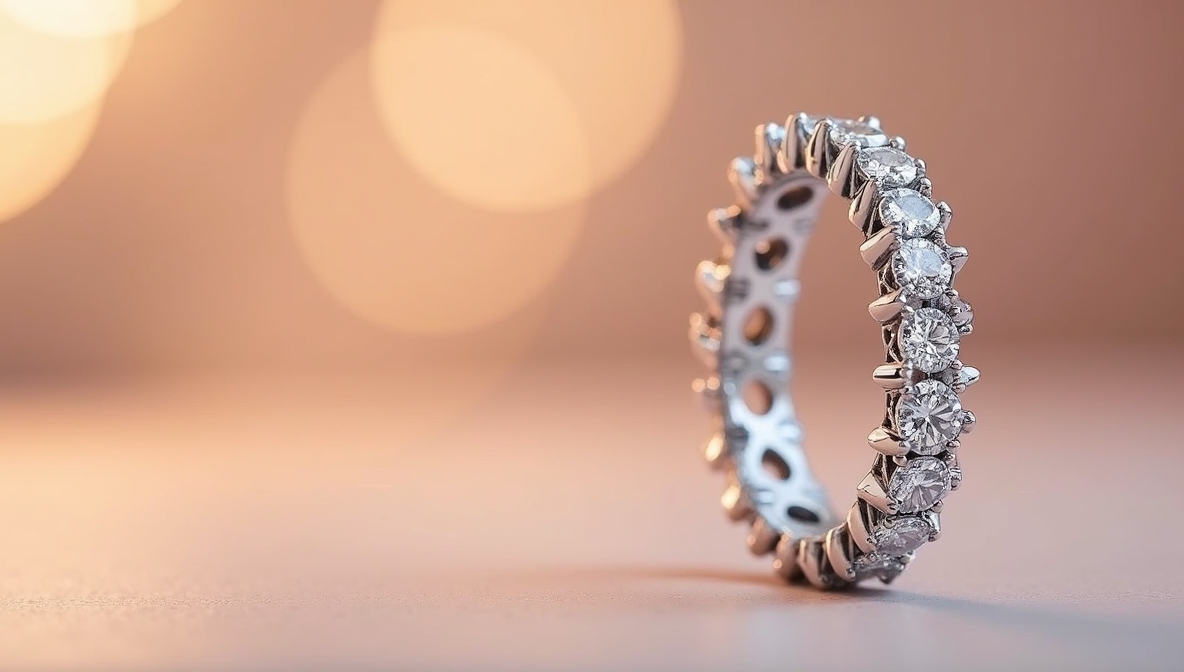
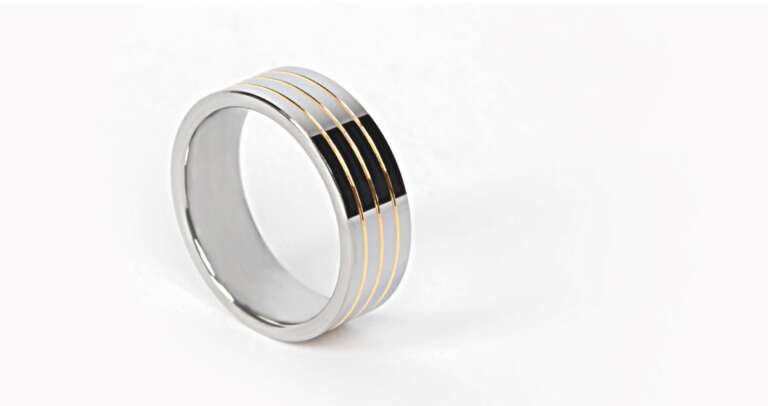
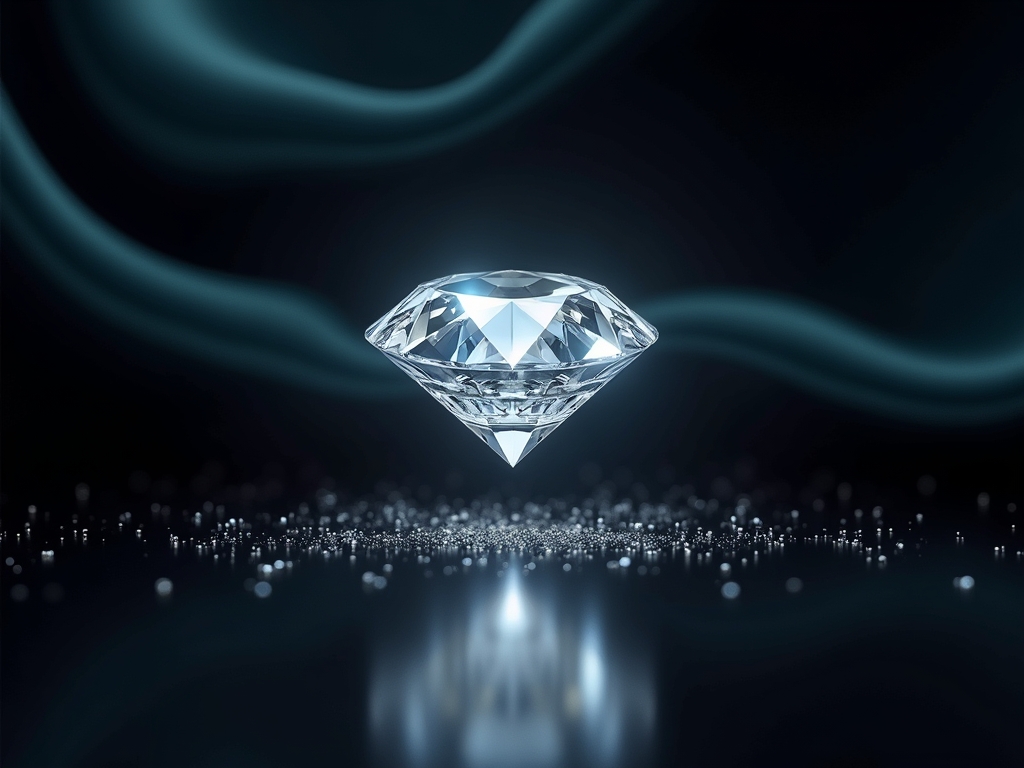
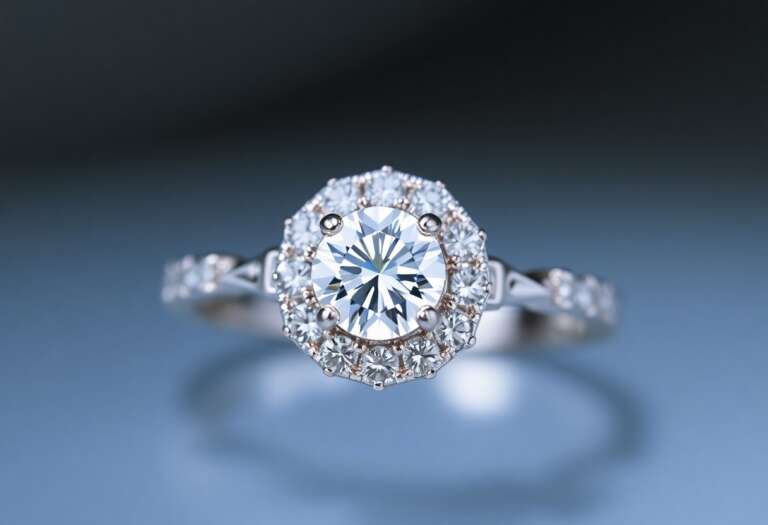
Leave a Comment